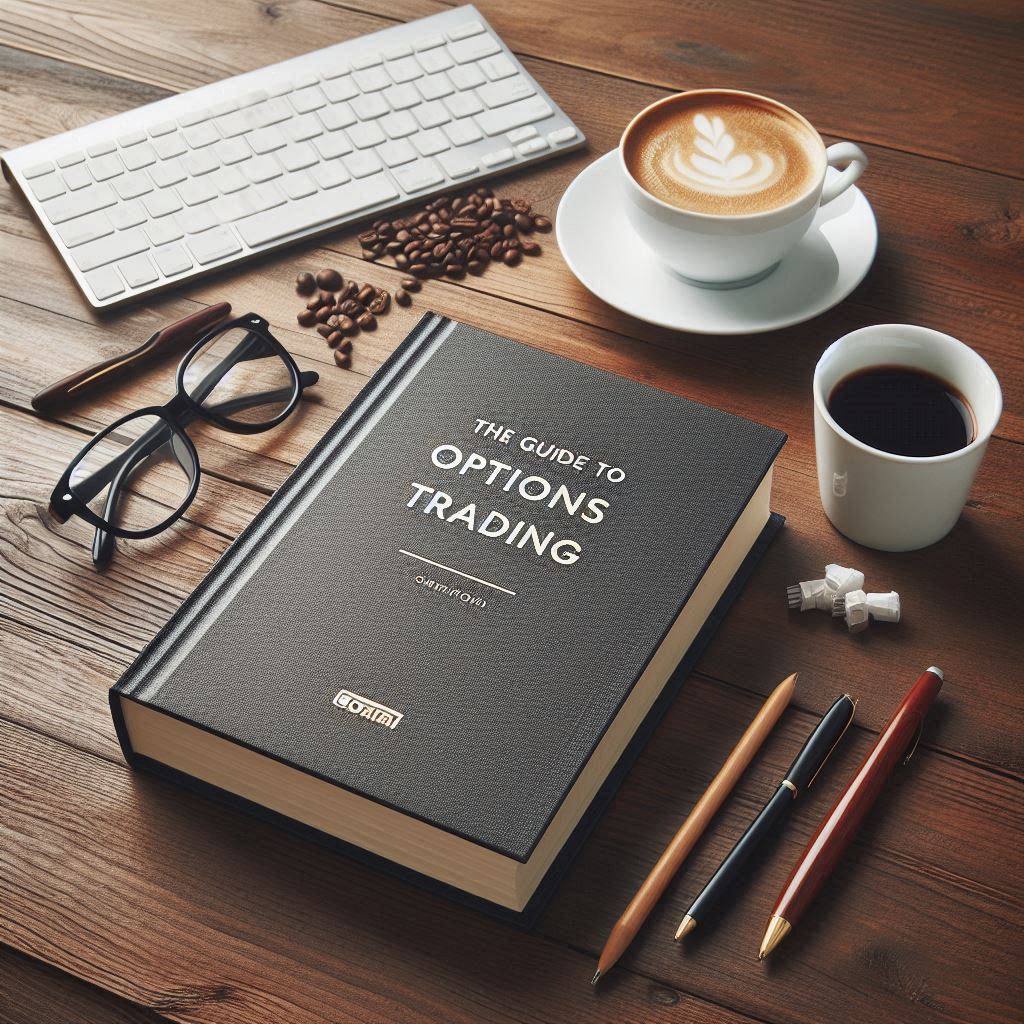Protect your downside, sleep better at night.
You’ve worked hard to build your retirement savings. You may be comfortable holding quality stocks—but what happens if the market takes a sudden dip? That’s where a protective put comes in. Think of it like buying insurance for your investments. It costs a little, but it can save a lot if things go south.
What Is a Protective Put?
A protective put is a simple options strategy where you: Own the stock (or ETF) Buy a put option as protection. If the stock drops, the put gains value—helping to offset your losses. You still participate in upside gains, but you’ve added a safety net below.
Example: Protective Put on Apple (AAPL)
- You own 100 shares of AAPL at $180 and are concerned about short-term volatility.
- You buy a $170 put expiring in 30 days for $2.00.
- What Can Happen?
- Scenario A: AAPL stays above $170
- Your stock is fine
- The $2 premium is your “insurance cost”
- Scenario B: AAPL drops to $160
- You lose $20 per share on the stock
- But your put gains $10 of intrinsic value
- Net loss is reduced thanks to the hedge
Why Retirees Use Protective Puts
- Peace of mind when holding large positions
- Protect gains in a volatile or uncertain market
- Can be used during earnings, elections, or market shocks
- Helps reduce sequence of return risk in retirement
Quick Tip:
Don’t buy protection too far out-of-the-money. Choose a put that gives real coverage, not just a “lottery ticket.”
In Summary:
- Protective puts = downside protection
- Great for preserving capital during uncertain times
- Lets you stay invested without staying exposed
Need Help Choosing the Right Puts for Your Portfolio?
At OptionsAction.com, we help retirees hedge smartly—without overpaying or overcomplicating.
Download your free Guide and learn how to protect what you’ve built.








